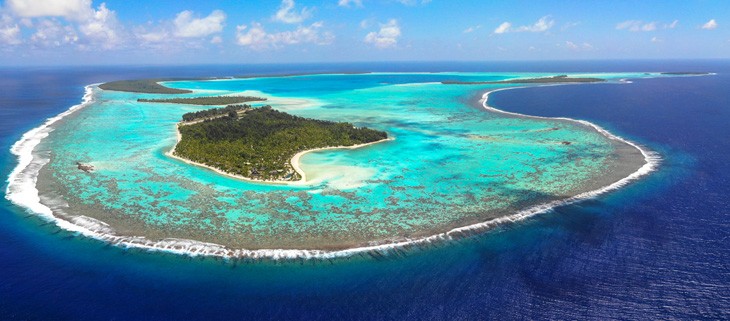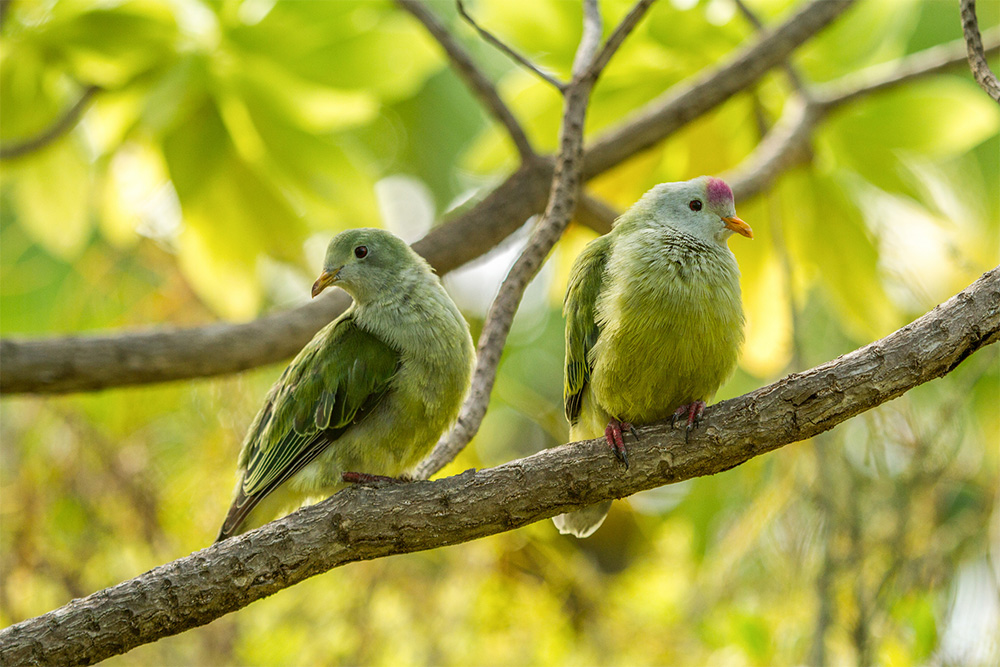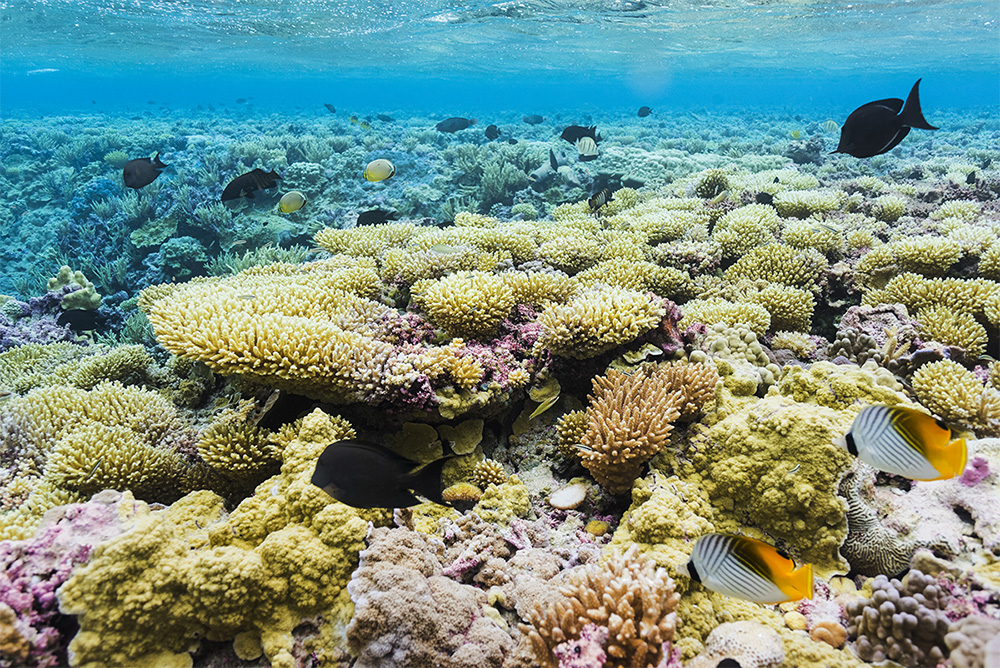March 11, 2025
Press Release: New eDNA Tool Can Detect Invasive Rodents Within an Hour
New environmental DNA technology can help protect vulnerable island ecosystems from destructive invasive species.
We use cookies to help you navigate efficiently and perform certain functions. You will find detailed information about all cookies under each consent category below.
The cookies that are categorized as "Necessary" are stored on your browser as they are essential for enabling the basic functionalities of the site. ...
Necessary cookies are required to enable the basic features of this site, such as providing secure log-in or adjusting your consent preferences. These cookies do not store any personally identifiable data.
Functional cookies help perform certain functionalities like sharing the content of the website on social media platforms, collecting feedback, and other third-party features.
Analytical cookies are used to understand how visitors interact with the website. These cookies help provide information on metrics such as the number of visitors, bounce rate, traffic source, etc.
Performance cookies are used to understand and analyze the key performance indexes of the website which helps in delivering a better user experience for the visitors.
Advertisement cookies are used to provide visitors with customized advertisements based on the pages you visited previously and to analyze the effectiveness of the ad campaigns.
Looking to make an impact this Earth Month? Here’s how.

Tetiaroa Atoll, French Polynesia, is famous for its luxury resort inspired by Marlon Brando, who purchased Tetiaroa’s islets after filming Mutiny on the Bounty in Tahiti.
However, these islands are also home to important native wildlife. The atoll is rich in biodiversity and is the most important seabird nesting site in the Leeward Society Islands.
For decades now, Tetiaroa’s islets hosted multiple invasive species including two species of rats, insects, and plants. In an effort to restore the atoll and prevent the spread of invasive rats to more islands, conservationists from around the world came together to find the most effective means of saving native wildlife.

In 2017, the Tetiaroa Society, Island Conservation, the University of Auckland, and the Royal Society for the Protection of Birds (RSPB) led by Dr. Araceli Samaniego began studying key islands including
In 2018, after studies found the removal of invasive rats is feasible and will overwhelmingly benefit native wildlife, the first phase of the project was put into place. Informed by similar projects around the world including the restoration of Palmyra Atoll, the partners implemented the removal of invasive rats from Motu Reiono.
Although an official declaration of success will have to wait at least a year, this is a positive sign for native plants and animals.

The restoration of the atoll is set to benefit the locally threatened birds, prevent the further spread of invasive species, and could lead to the translocation of other native wildlife currently facing population declines in the region.
Conservationists are also hopeful that the removal of rats will have cascading ecological benefits including thriving coral reefs such as been recorded surrounding the Chagos Archipelago. The partners hope that one day Tetiaroa Atoll’s habitat is protected and thriving free from the threat of invasive species.
This project was possible with support from the National Fish and Wildlife Foundations and other donors.
Featured photo: Aerial view of Marlon Brando’s island in the Tetiaroa Atoll. Credit: Pierre Lesage
Check out other journal entries we think you might be interested in.
Notifications